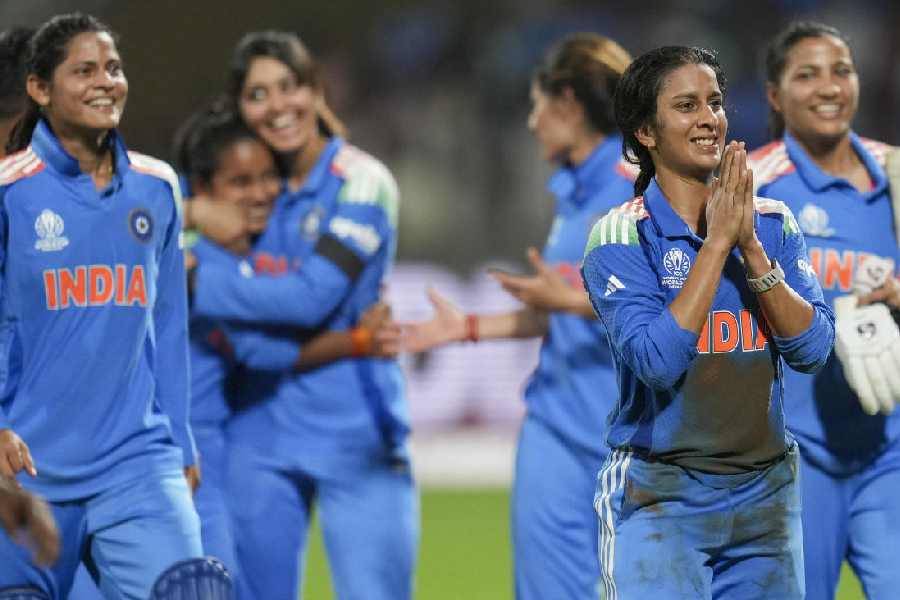What the administration or urban planners should have done but did not, a nature guide cum nature tour organiser has done all by himself in Salt Lake after the cyclone — assessing the dynamics and pattern of tree felling during an extremely high wind speed cyclone like Amphan.
“It is useless if we only lament and not take a lesson from the disasters” said Soumya Kundu of AJ Block who undertook the detailed exercise the day after the cyclone, covering at least 15 blocks in the city, before the municipal corporation started clearing the uprooted trees.
“This is not a scientific analysis but not a random observation either. Over the years, I have observed the trees after the storm. There is a clear pattern which shows that some trees remain unaffected and some get easily damaged,” said Kundu, who also highlighted the finding on his Facebook wall.

Trees vs. Amphan The Telegraph
Mayor Krishna Chakraborty admitted the unplanned planting coupled with sandy soil did the damage. “Salt Lake almost looked like a warzone after the cyclone. It’s really shocking to see so many trees being uprooted, many of which we used to see regularly,” said Chakraborty. She promised to consult experts to facilitate scientific planting in future. The mayor hailed Kundu’s survey on tree toppling and promised to take input from the findings.
The findings are truly revealing. “Radhachura, Eucalyptus and Krishnchura are the most toppled types, while Mango trees have also been damaged in slightly lesser number, so did Mahogonies,” said Kundu, pointing out that apart from species types, also the pruning pattern and concretisation around the base seemed to have contributed to compromised stability of trees in Salt Lake.
According to the assessment, Aswattha is the least uprooted tree while only handful of Banyan trees has been uprooted. “I can hardly remember seeing an Aswattha tree completely flattened while Banyan trees seemed to have only damaged in the roadside where it did not get enough space to spread its root system,” explained Kundu.
Few coconut trees were damaged while Kadam trees were damaged but minimally uprooted, according to the assessment. Interestingly Chhatim trees, though seemed to be battered by the highest ever wind speed in decades, have rarely been toppled.
Overall the nature guide, who often goes to the Sunderbans from where the cyclone came, listed his findings of about 46 species of trees. “Given the present scenario of global warming, we can only expect the storms to get worse and hence we need to plan properly for planting trees,” observed Kundu.











